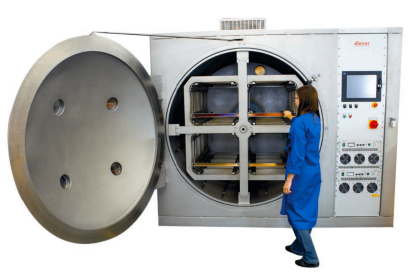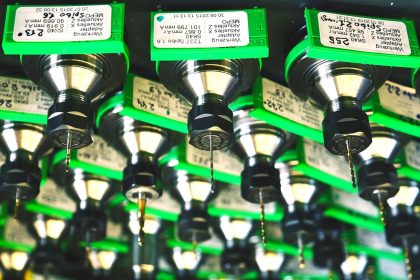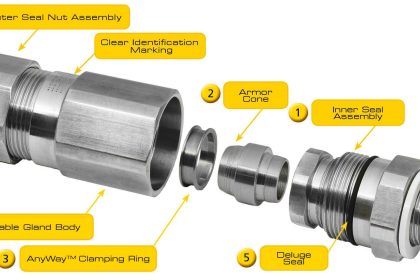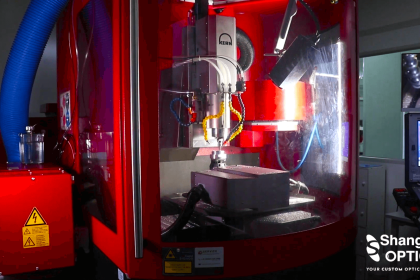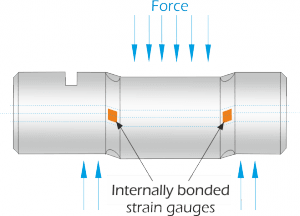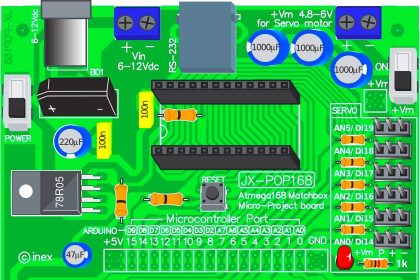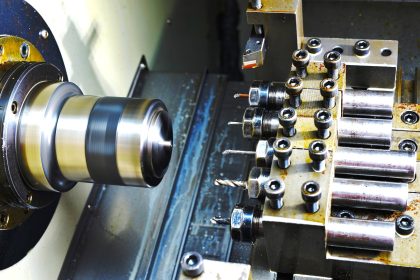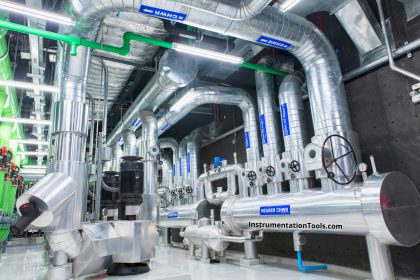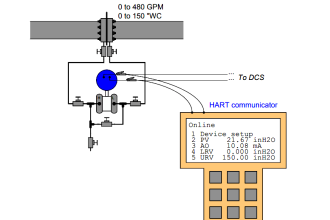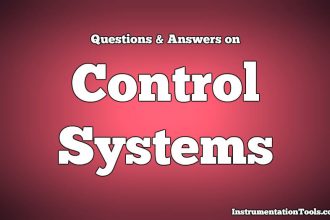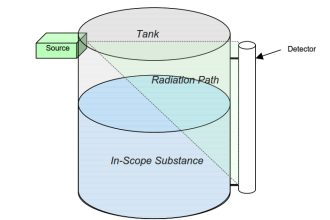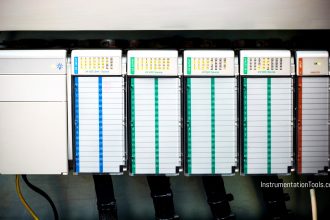Micro Electro-Mechanical System (MEMS) is used for measuring various parameters or quantities. Micro Electro-Mechanical System (MEMS) is a type of device that is very small in size, which we often call a miniaturized device.
Micro Electro-Mechanical System (MEMS)
Micro Electro-Mechanical System (MEMS) integrates with the mechanical and electrical components in a device. Micro Electro-Mechanical Systems (MEMS) are widely used in our day-to-day life activities, making those activities very easy.
Micro Electro-Mechanical Systems (MEMS) are miniature devices that are highly sensitive and use very low power for measuring various quantities. The applications of the Micro Electro Mechanical System (MEMS) are accelerometers, pressure sensors, gyroscopes, microphones, radio frequency MEMS, and biomedical field devices.
Applications of MEMS Sensors
Now, after looking at the applications, you might be wondering that we are surrounded by many MEMS sensors in our lives and many of our activities are totally dependent on these MEMS sensors. Still, some of you might not be able to visualize the applications of these MEMS sensors.
Let us see these applications in a bit more detail.
Accelerometer
The Accelerometers are widely used in devices like smartphones to detect the phone’s orientation while in auto-rotate mode and in other devices that detect the exact orientation of the given device or the object itself.
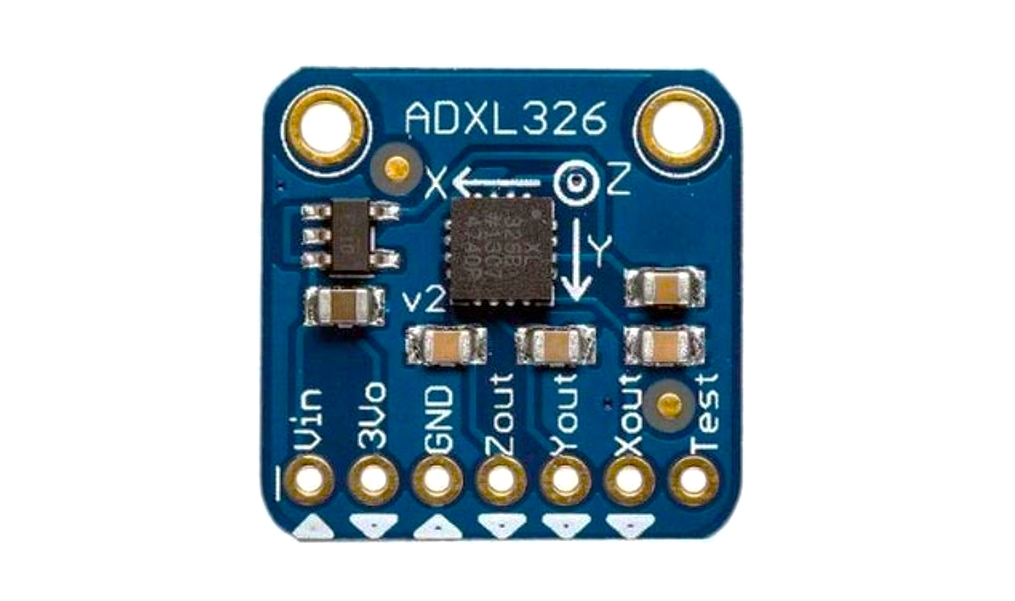
Accelerometers are even used by college students and professionals in robotics projects that require position sensing. Other applications of the accelerometer include airbag systems in cars, spacecraft, machinery in industries, earthquake monitoring using seismic sensors and many more.
Pressure sensors
The pressure sensors under the MEMS sensor category are used in medical fields and weather monitoring.
Gyroscopes
Gyroscopes basically measure the angular rotation. The gyroscopes are used in various applications which stabilise the cameras and help in navigation.
Microphones
The application of the MEMS in the microphones is very common to us as we regularly use the microphones. The MEMS sensor used for microphones has also become a boon for those who have hearing problems.
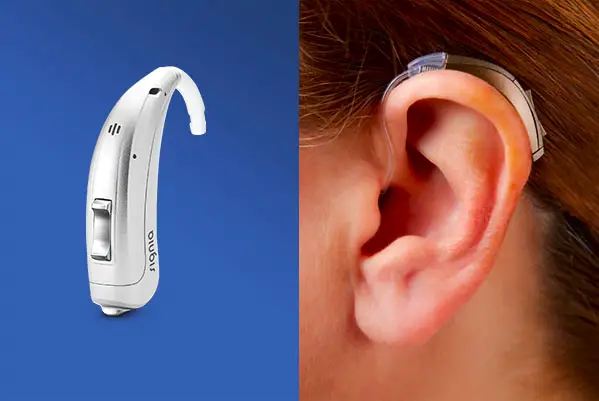
These microphones in the form of hearing aids have completely changed the lives of people who have hearing problems.
Radiofrequency MEMS
Wireless communication in this modern world is becoming very useful. The MEMS sensors like RF devices have made this possible. Smartphones, IoT, defence applications and other technologies use these MEMS sensors and make communication faster, reliable and easier.
Biomedical field devices
The field of biomedical has developed very much which is benefiting humans with its immense advantages. The biomedical field also makes use of MEMS sensors and devices to monitor human health and body parameters.
Many developments like implantable sensors which are implanted in human body to measure certain parameters in a patient and drug delivery systems to effectively and precisely deliver the drug at specific location in the human body and with specific rate control are helping patients to recover faster from many disastrous diseases like cancer.
Advantages of the MEMS Sensors
The main advantages are listed below.
- Low power consumption
The MEMS sensors are very small in size. Hence, MEMS sensors also use low power for running. The low power consumption is very useful in the applications where there is limited power or where the MEMS sensor is powered using battery.
- Physical size
The MEMS sensors are very compact in nature. The size of the MEMS sensors is almost few micrometres or a few millimetres. This property of the MEMS sensors is very advantageous because they can be installed almost everywhere because the installation space is not a constraint anymore.
- Integration with electronics
The MEMS sensors can be easily integrated with other electronic or semiconductor circuits. Hence, the MEMS sensors can be easily used with other circuits without much complex circuits. This not only improves the efficiency of the system, but the response of the system also becomes faster.
- Sensitivity
Despite being smaller in size, the sensitivity of these MEMS sensors is very high. These MEMS sensors are very accurate and precise and hence they are also used in applications that are very critical like the medical field and defence systems. Also, modern industrial equipment makes use of these MEMS sensors.
